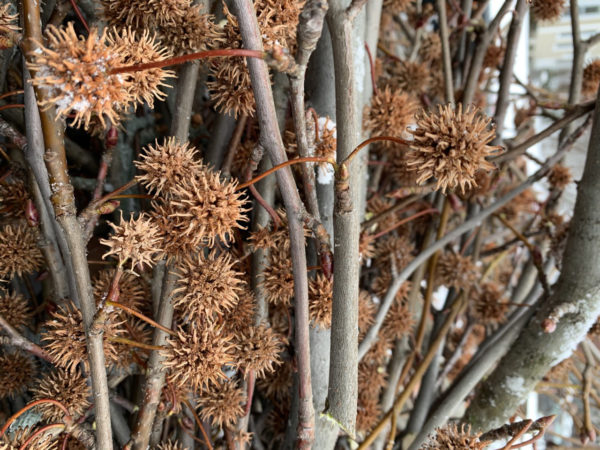
By Ruth Seward
After the infestation of the Asian Long Horned Beetle, which resulted in over 30,000 trees being cut down in the area, community foresters thought about the best way to replant trees there to prevent such devastation in the future. The monoculture of trees in the Burncoat neighborhood of Worcester, had created a perfect feeding ground for this foreign pest which also had no natural predators in our area. Now, most urban planners diversify the tree canopy to prevent a situation where one disease or pest can wipe out an entire grove of urban/suburban trees. They use something called the 10-20-30 rule: 10% of any species, 20% of any genus and 30% of any family.
In the Asian Long horned Beetle Zone (ALB Zone), trees that are food to the beetle, host trees, cannot be planted until the pest has been eradicated. Therefore, some native trees such as the maple, cannot be considered for the urban canopy. These restrictions force us to consider planting trees which are appropriate for the area may not be as prevalent in this region. Though the Sweetgum is a native to the southeastern U.S., it has success in southern New England and has recently been used as a street tree for the Worcester replanting effort.
The American Sweet Gum or Liquidambar styraciflua, is a hardwood that lives in hardiness zones 5-9 and is native to North America. It is not what we generally think of as a classically New England tree. However, it is a beautiful deciduous tree with glossy star-shaped leaves that turn deep shades of yellow, orange and red in the fall, making it a lovely replacement for our iconic maple tree. The bark of the tree develops scaly ridges as it ages and its seed pods are large and spiky. The seeds are eaten by small mammals and birds that live in the area, especially turkey, mourning doves and sparrows. In ideal growing conditions, it can live for approximately 150 years.
The Sweetgum can reach heights of 80 to 150 feet with an impressive diameter of 45 feet, if planted in an area with enough room. This tree grows a strong taproot, which helps hold the large tree in place, along with its strong roots. It is resistant to many pests and is adaptable to a variety of soils. Historically, products from this tree include soap, adhesive and pharmaceuticals made from its sap. Today we might utilize the wood for furniture, plywood and paneling.
Anecdotally, we witness success and failure with the new trees planted as street trees in Worcester County. Once the trees establish after two years in the ground, they seem to handle our unpredictable winter weather and thrive in the right planting areas. We have seen young trees succumb to our colder, harsher New England winter conditions, if they are young and the weather is particularly fierce. They are, however, a gorgeous addition to our landscape, with glorious autumn leaf color and interesting bark and seed pod displays during winter months.
